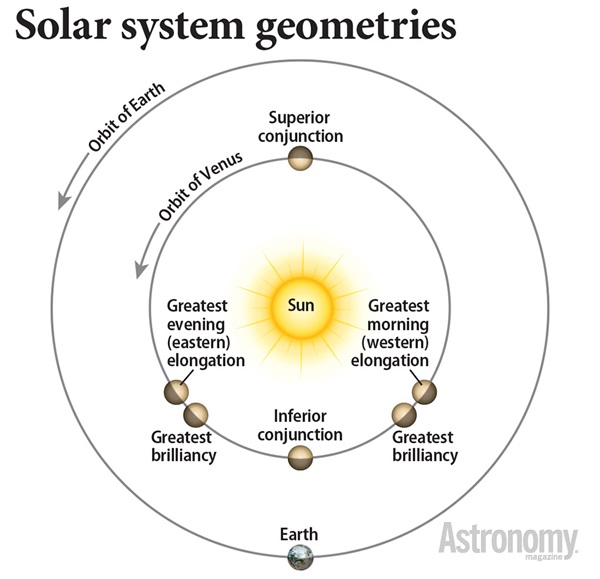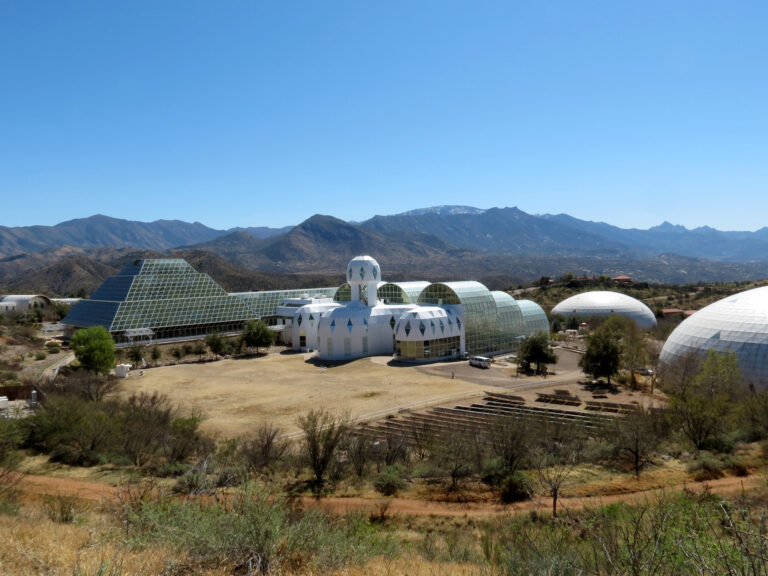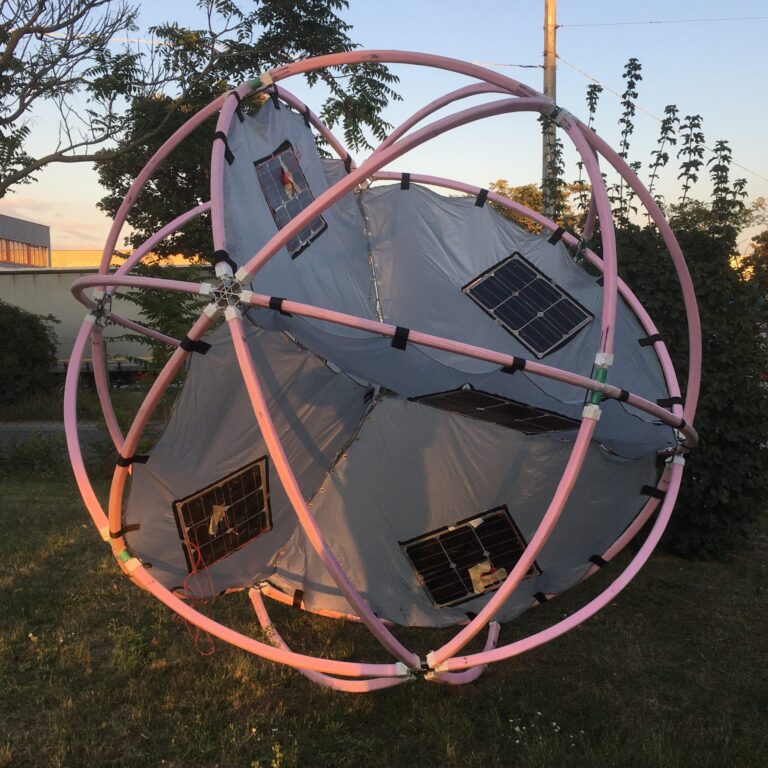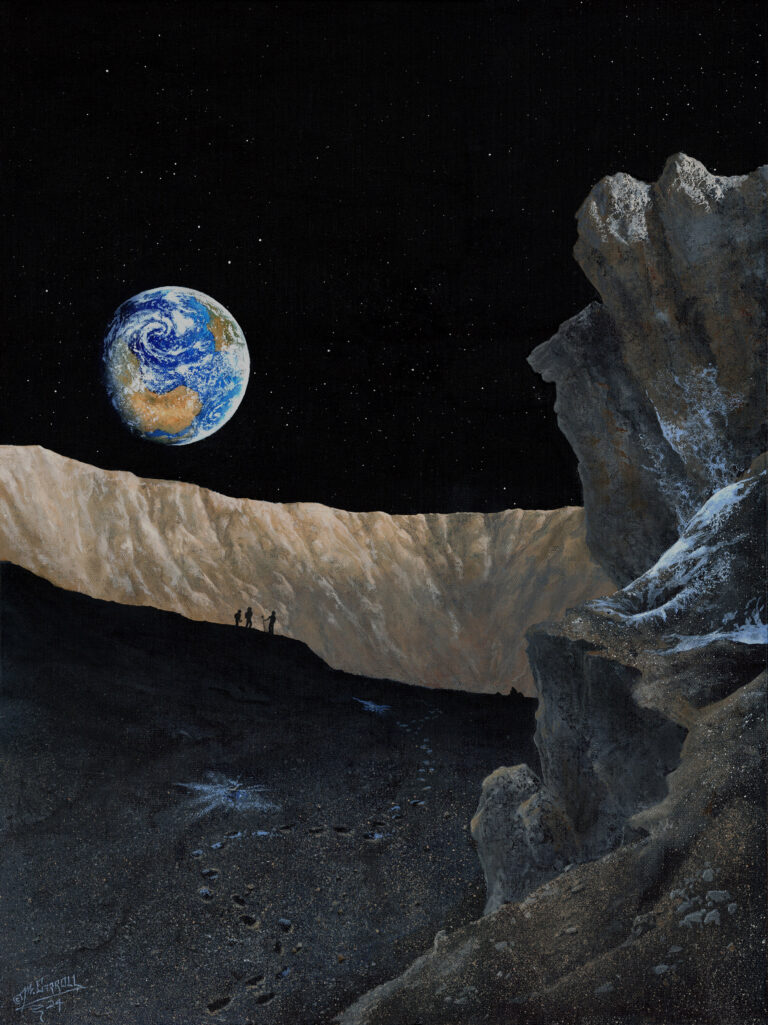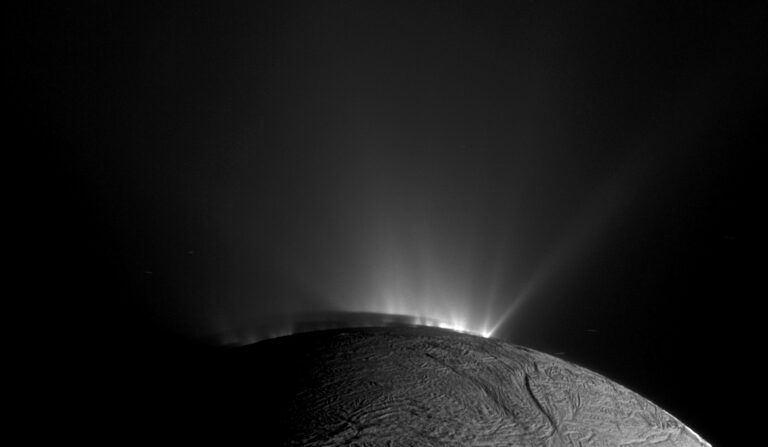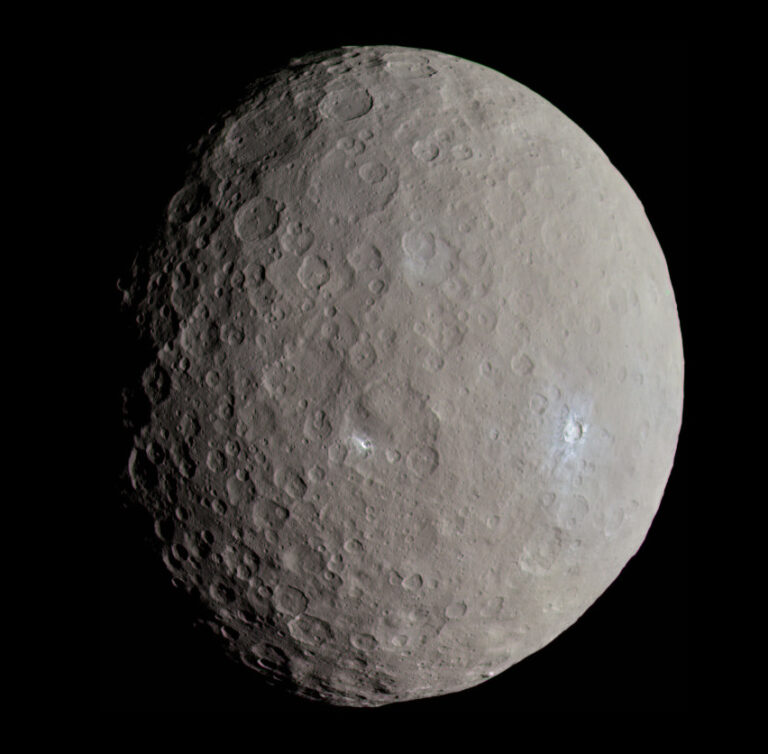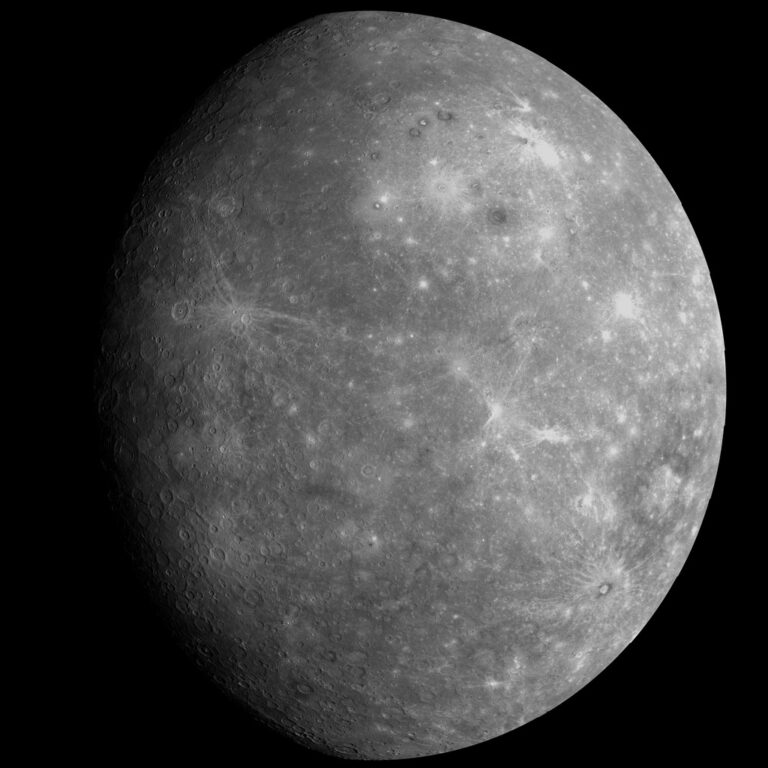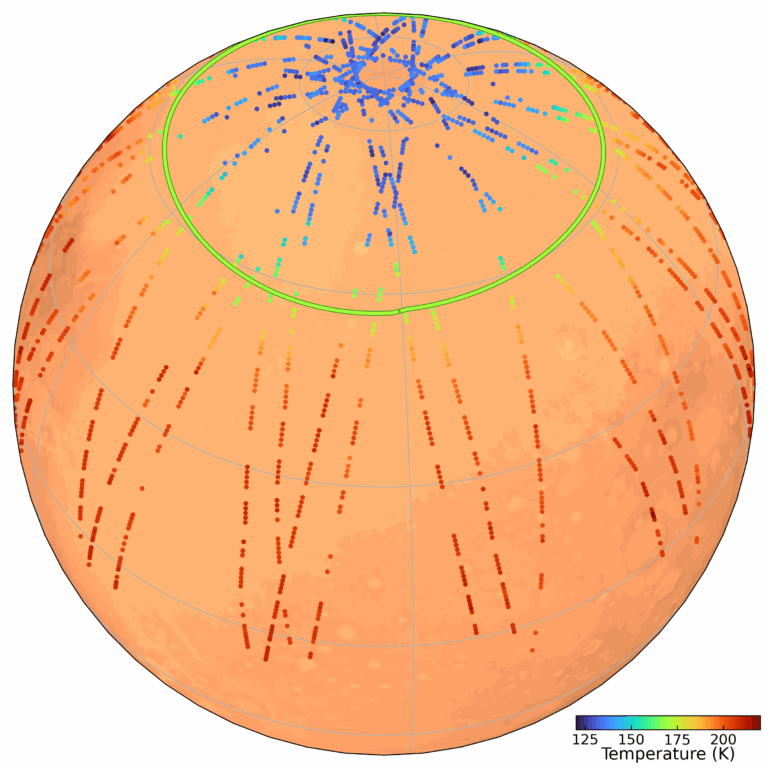Key Takeaways:
Q: The closer Venus gets to Earth as it orbits, and the larger it grows, the skinnier its crescent phase. So at what point in its orbit does Venus appear brightest?
A: Because Venus is closer to the Sun than Earth, it goes through a pattern of inferior conjunction (when it lies between the Sun and Earth), greatest western elongation (when we see it farthest from the Sun in the morning sky), superior conjunction (when it lies on the opposite side of the Sun from Earth), and greatest eastern elongation (when we see it farthest from the Sun in the evening sky).
The planet also reaches two points in its orbit when the Sun-Earth-Venus angle lets us see it at its brightest. These events, known as greatest brilliancy, occur when Venus lies at an elongation of 39°, approximately 36 days before and after inferior conjunction. These two points are where the illuminated fraction of Venus and its distance from Earth work together to maximize the amount of light we detect from our sister planet.
Senior Editor

